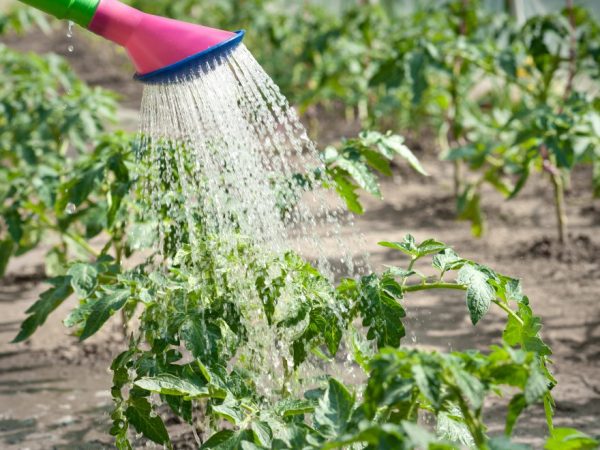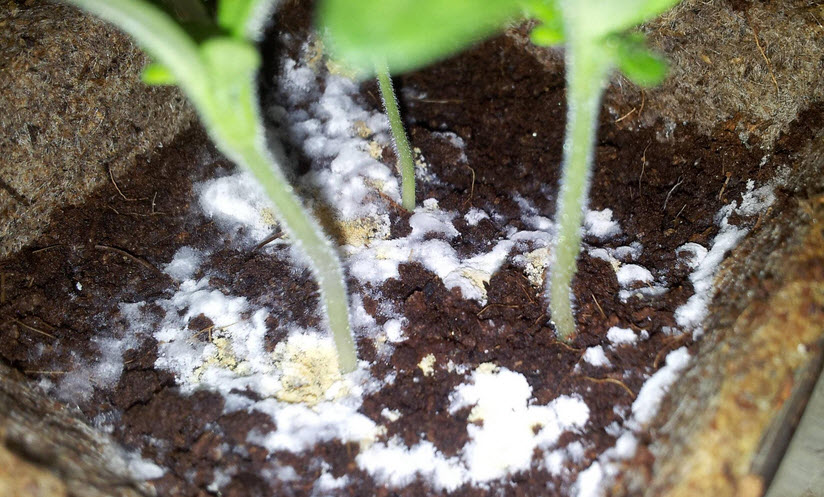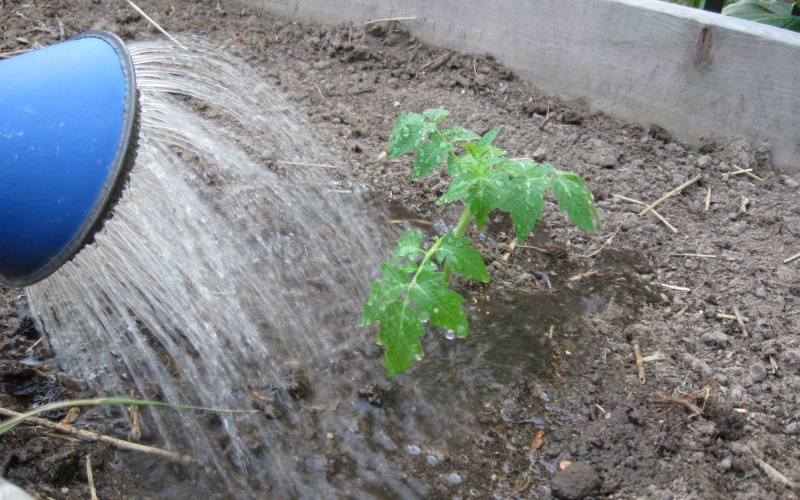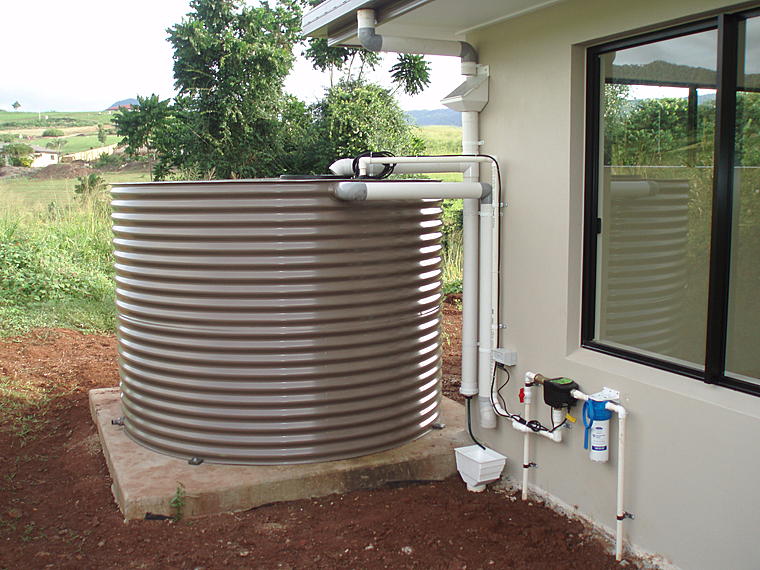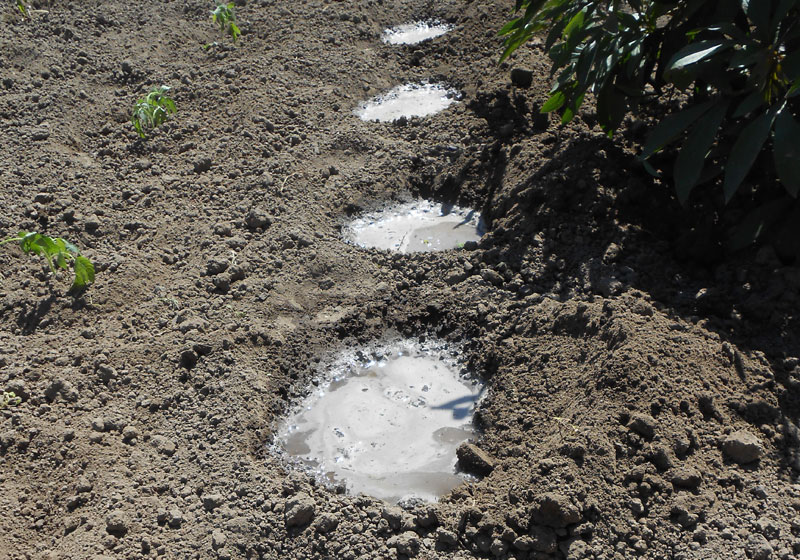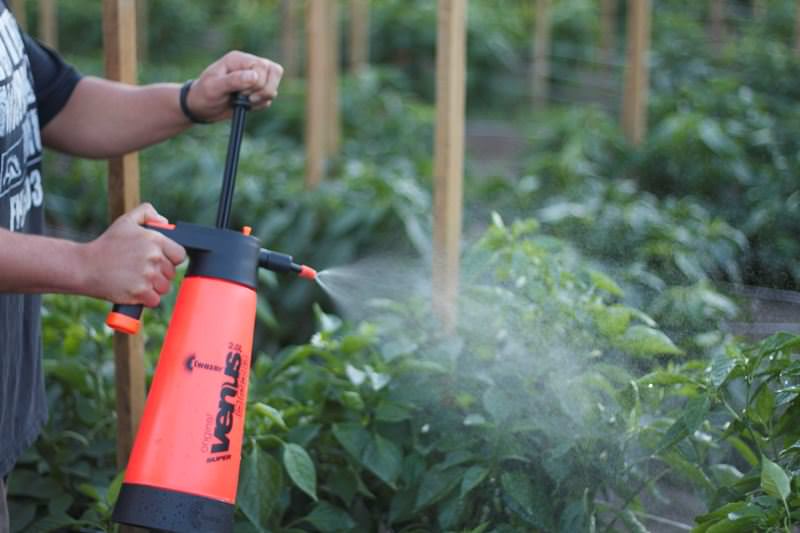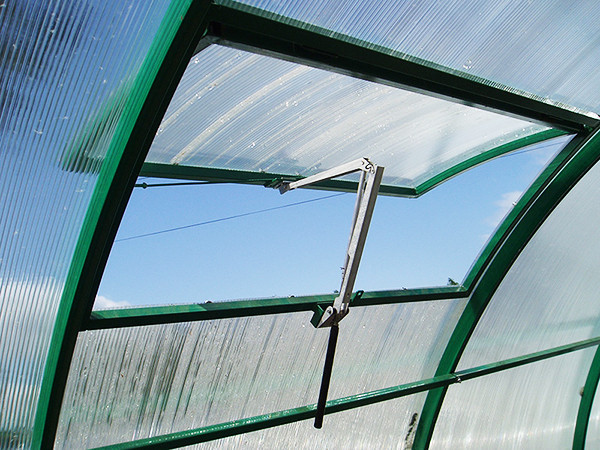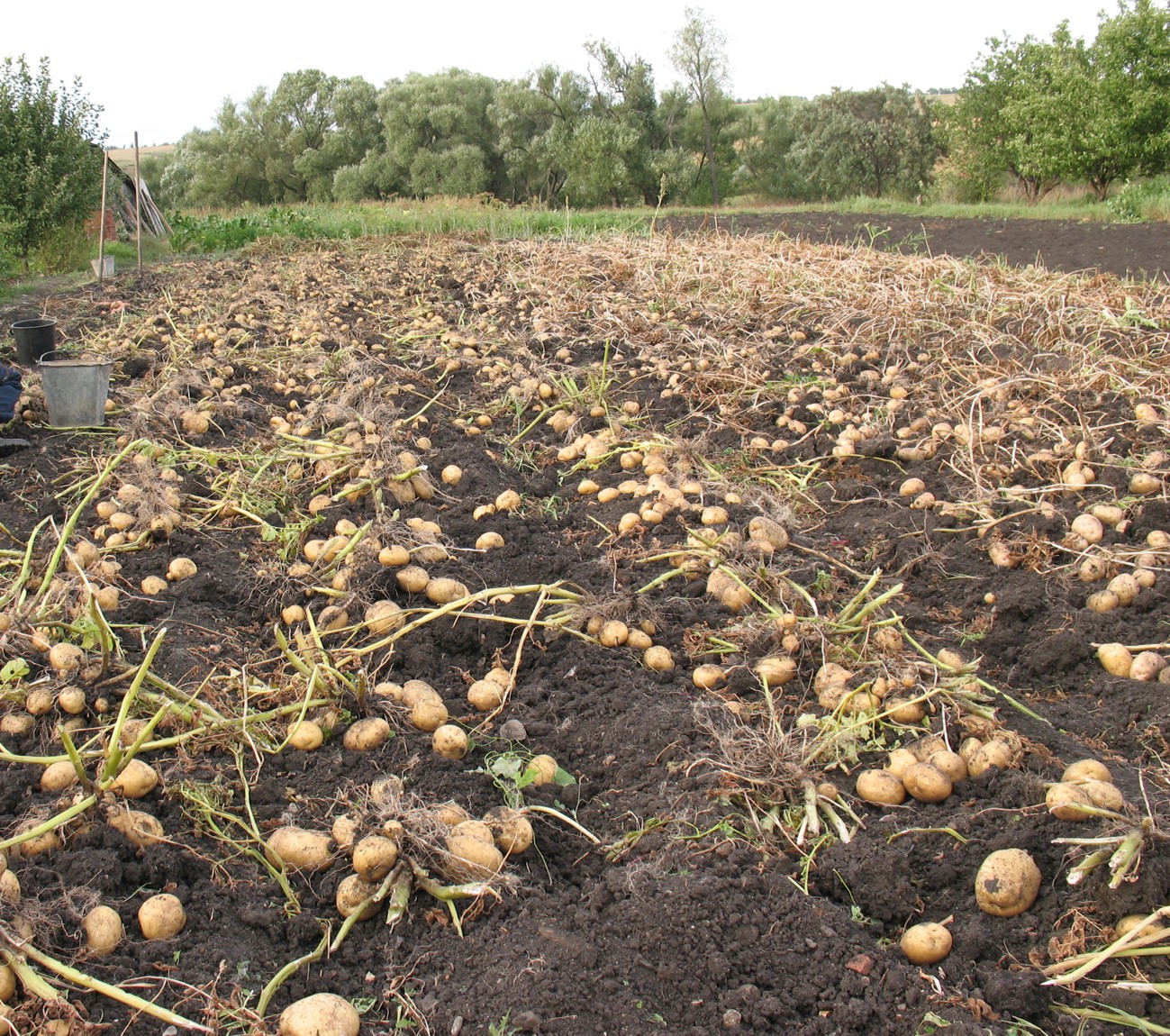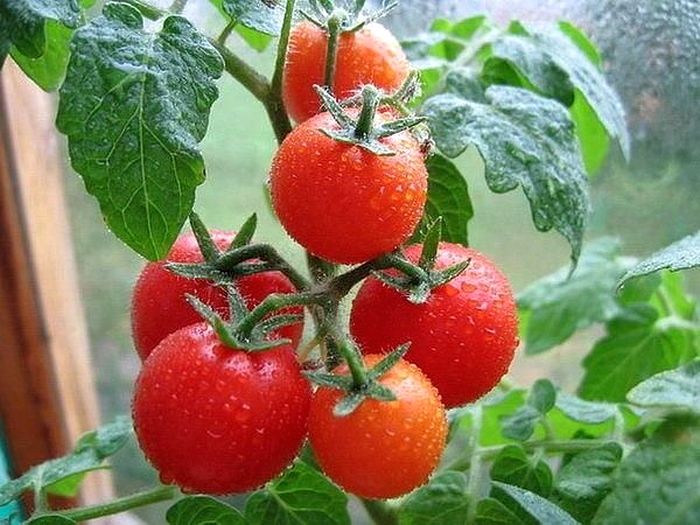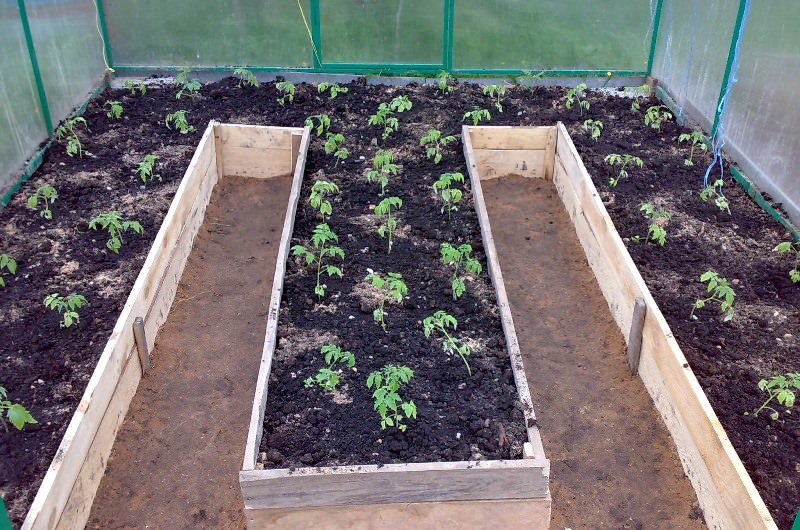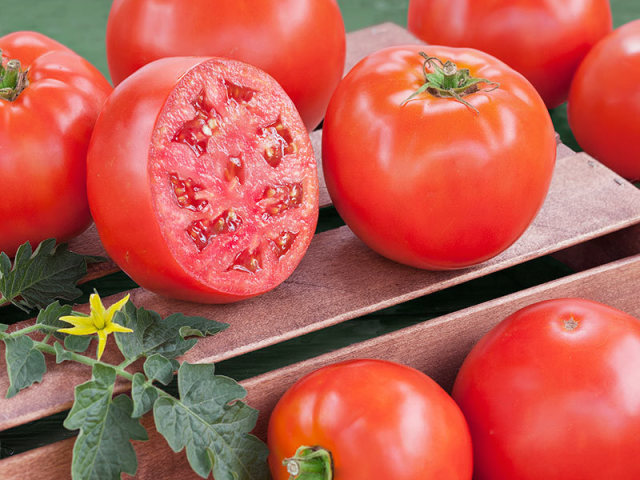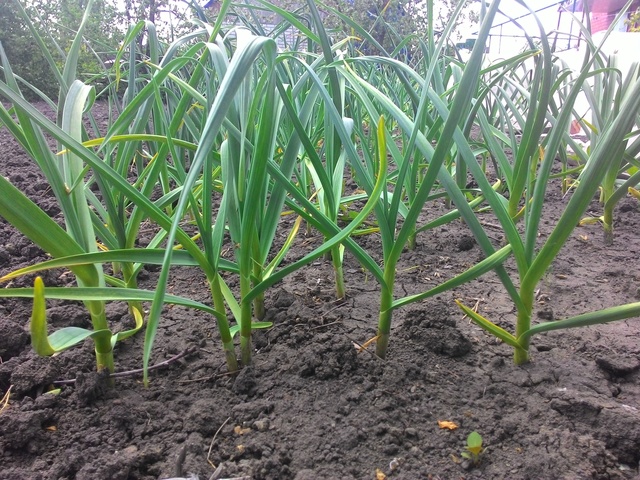Content:
A full crop of tomatoes cannot be obtained in conditions of moisture deficiency, disease and pests. To avoid them, you should know how to water tomatoes after planting in the ground and in subsequent growing phases, as well as how to handle seedlings.
general information
Tomatoes are a single or perennial crop from the Solanov family. The fruits are usually rather large in size, although small-fruited varieties are also found, they are famous for their excellent taste. The plant is bushy, forms a powerful deep and branched root system.
Irrigation is one of the most important agricultural activities in the cultivation of various crops, including tomatoes. There is a direct relationship between quality irrigation and the availability of nutrients in the soil for plants. With the help of the rhizome, the culture assimilates the elements dissolved in water. In the absence of moisture, this process slows down and tomatoes are deficient in nutrition.
Watering tomatoes is especially important in hot summer weather. It will help not only to safely survive severe and prolonged droughts, but also to preserve most of the harvest.
Excessive watering is just as dangerous for tomatoes as it is insufficient. The fruits become lethargic, saturated with water, as a result of which their taste is reduced. In the process of ripening from excess moisture, they begin to burst and become completely unusable. Plants quickly shed their ovaries, peduncles and fruits, which also negatively affects productivity.
An excess of fluid, coupled with a high temperature, becomes an ideal condition for the development of fungal and bacterial diseases. To avoid extremes, it is necessary to learn the technique of irrigation.
Basic rules for watering
Only use lukewarm water. This reduces the risk of diseases affecting tomatoes and provides good conditions for full development and growth. The optimum temperature is from +23 to + 27C.
Before watering, the water should be softened. For this, a small amount of weeds, compost, and fresh manure are used.
Do not use the garden hose when irrigating tomatoes. This tool injures the root system and lowers the soil temperature, which is undesirable for plants.
On a hot day, you must wait until sunset to water. If the weather is cloudy all day, irrigation is allowed at any time.
Upon completion of the procedure, it is advisable to mulch the soil in the root area. This will allow not only to retain moisture in the soil longer, but also to prevent the growth of weeds, to maintain a suitable level of soil looseness. Most often, soil from the same plot is used as a mulching material.
It is recommended to water directly under the root.It is necessary to ensure that moisture gets on the leaf blades as little as possible. This can provoke a burn (especially in hot weather) and, as a result, the development of late blight.
In some cases, it is practiced to introduce liquid into small holes dug next to the beds. It is also important here not to drip water onto the leaves.
Irrigation water
The best option for watering tomatoes is rainwater. It must be collected in special containers and insisted, and then used as directed. In this case, the water does not need to be softened, and the savings are quite impressive.
To know how much water is required, you need to take into account the following indicators:
- type of soil;
- grade;
- mulching;
- weather and climatic conditions during this period;
- shrub planting scheme;
- vegetative phase of development.
As a rule, one bush is spent from 5 to 10 liters of water.
When to water tomatoes after planting in the ground
The simplest method by which you can determine the need for moisture application is visual. In a plant experiencing a water shortage, the leaves begin to turn black quickly, and in advanced cases they wilt. After planting in open ground, watering tomatoes is especially important during the following growing phases:
- ovary formation;
- budding;
- fruiting period.
How often to water tomatoes after planting
For tomatoes, one watering every 3-4 days is enough; in rainy conditions, the regularity is reduced to once a week. However, in the latter case, it is recommended to slightly increase the volume of liquid in order for the plant to form the necessary reserves. Tomatoes are characterized by a powerful and spreading root system, which quickly finds new sources of moisture for the plant, so tomatoes do not need to be watered too often.
Watering at different stages of development
For proper cultivation, you need to know when to water the tomatoes after planting. Before planting seedlings, water is introduced into the planting hole. It is enough for a seedling for about 2 weeks. Then they begin to irrigate, which should not be too abundant.
How to water planted tomato seedlings in the ground
It is enough just to wet the surface drying up soil layer. Strong fluctuations in humidity can inhibit the growth of tomatoes and the formation of fruits.
Flowering and fruiting
When the first flowers appear, the volume of the liquid is slightly reduced. If this is not done, you can get an enhanced growth of the vegetative mass with a weak yield. At this stage, 2-3 liters of settled water is enough for the bushes.
When the fruits begin to ripen, watering is increased. Their specific features are also manifested when watering low or tall varieties.
When growing low-growing varieties, they are watered less, and before the start of harvesting, irrigation is completely stopped. So it is possible to avoid cracking of the fruit and the spread of late blight.
Tomato processing
Antibiotics are highly effective in the fight against bacterial diseases. For example, Metronidazole, which is able to destroy most of the bacteria and fungi on tomatoes. 20 tablets of the drug are dissolved in a 10-liter container with water and mixed thoroughly, after which the fungicide is ready for use. It is allowed to use Trichopolum as an alternative, which is prepared in the same way.
There are a number of pesticides available to treat late blight. When the foliage is browned and a light bloom forms on it, it is recommended to spray Agatom-25 or Tatu as soon as possible.
Copper oxychloride (COM) is also an effective agent in protecting tomatoes from disease. For full protection, it is enough to process the plantings four times a season. Other drugs containing copper are equally successful in treating diseases.
Folk remedies
Phytophthora
When a glass of salt is diluted in 10 liters of water, a solution is formed, which, when applied to the foliage of tomatoes, forms a thin film that protects the bush from fungus. Some summer residents refuse to use this method, fearing damage from salt.
Phytophthora absolutely does not tolerate garlic and preparations based on it, first of all, garlic water. For its preparation, take a head of a vegetable and several shoots. Vegetable raw materials are crushed and mixed with a small amount of manganese. The mixture is dissolved in water. The volume of liquid is taken with the expectation that about 500 ml of infusion will be spent on each bush.
For permanent protection from disease, a mixture is prepared based on rotted hay, urea and nitrate. The specified ingredients are poured with water, insisted, after which the product is ready for use as directed. It is believed that with the help of this homemade fungicide, it is possible to remove fungi and their spores. For preventive purposes, spraying is carried out once every one and a half weeks.
Fungal disease late blight is treated with another fungus - tinder fungus. It is thoroughly crushed and poured with boiling water, for 1 kg of raw materials about 10 liters of liquid. Spraying is carried out when the first symptoms of the disease appear. Then you need to re-process after 15 days.
For the treatment of late blight, some remedies from the home first aid kit are used. So, iodine is used to prepare whey in milk with a fungicidal effect. 15 drops of iodine and a liter of skim milk are diluted in 10 liters of water. Processing is carried out every two weeks. If the plant is too weak, then 10 drops of iodine are diluted in a liter of milk and the crops are sprayed with the resulting solution.
The simplest, but very effective remedy is a solution of greenery. It is prepared by dissolving the drug in a bucket filled with water. 45-50 drops are enough.
If plants are planted in greenhouses, it is recommended that they be regularly opened and ventilated. It is an effective preventive measure against fungal diseases.
Brown leaf spot
To increase the resistance of tomatoes to this disease, you can use horsetail. 3-5 tbsp. l. heated in a liter of water and brought to a boil, and then add another 5 liters of liquid. Seedlings should be sprayed with the resulting preparation several times per season.
Two weeks after planting plants in open ground or a greenhouse or polycarbonate greenhouse, it is allowed to use a solution of kefir for treatments. The procedure can be repeated every week throughout the growing season.
Top dressing
Folk remedies are widely used to provide plants with tomato nutrients. You can feed the plantings with the following substances:
- humates;
- wood ash;
- yeast;
- iodine, etc.
Watering and processing tomatoes are among the most important components of tomato cultivation technology. Their correct implementation allows you to get a high and high-quality crop yield.
